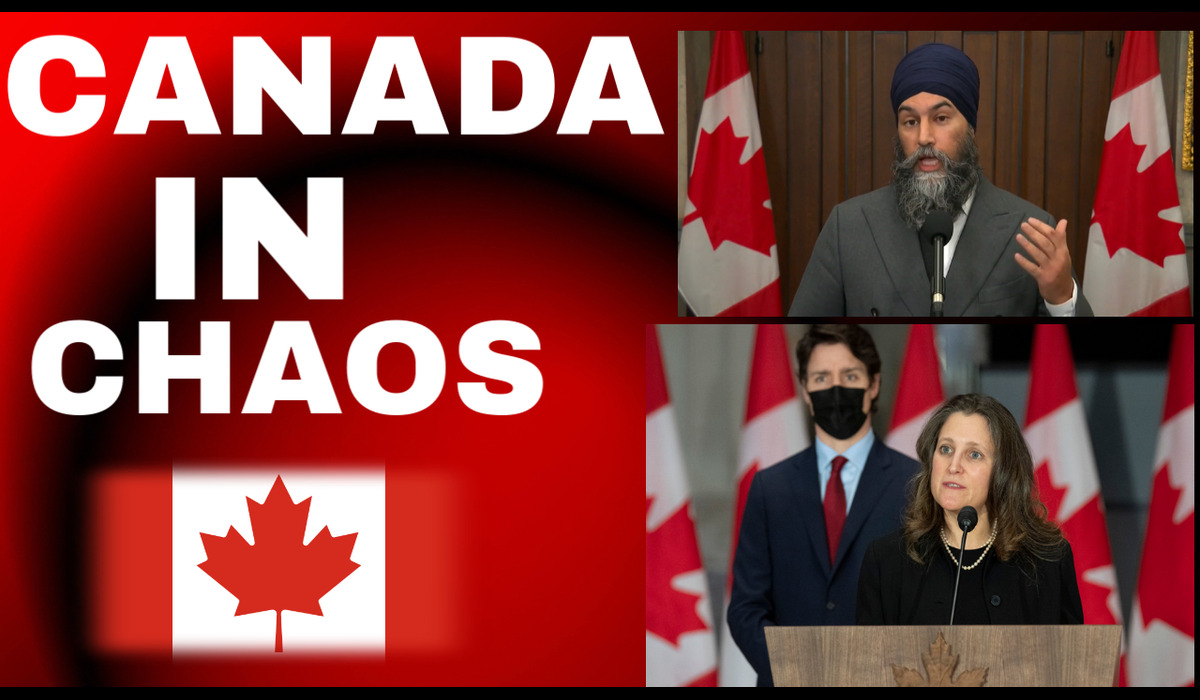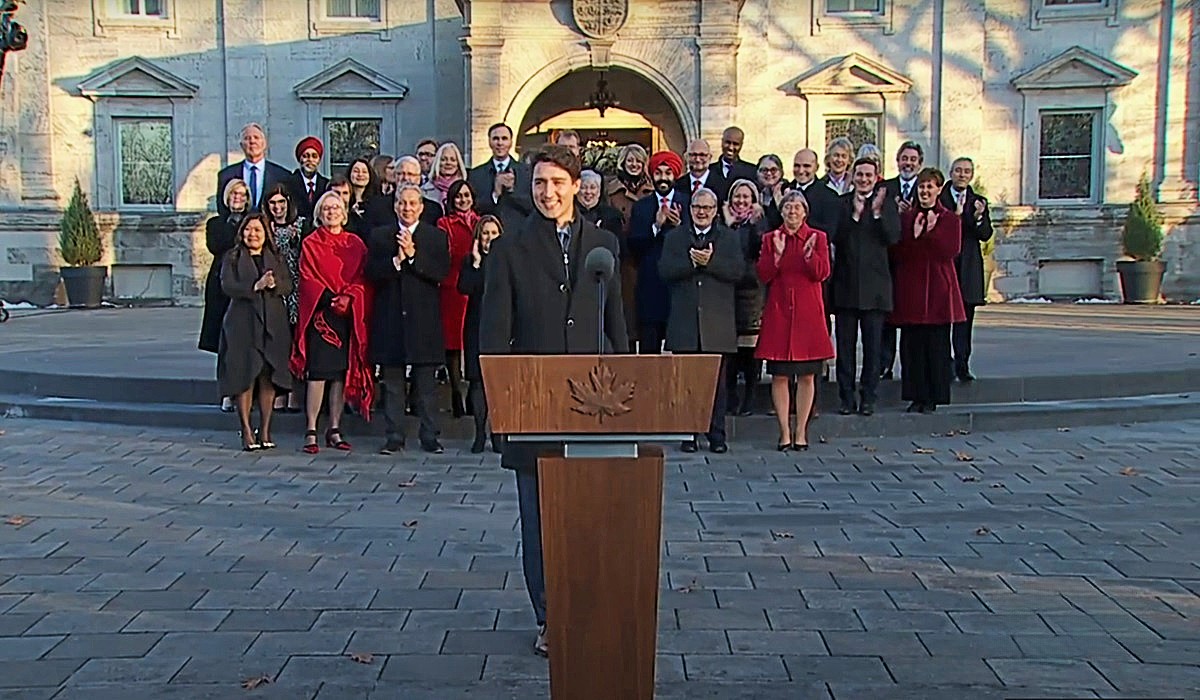TVPA and Canada’s Tobacco and Vaping Struggle: Balancing Public Health and Economic Interests
- TDS News
- Canada
- June 18, 2024

Image Credti, haiberliu
In a step toward a healthier future, the Government of Canada has released the findings from the second legislative review of the Tobacco and Vaping Products Act (TVPA). The results underscore both the progress made and the ongoing challenges in the fight against tobacco and vaping-related harm.
Tobacco use remains a major public health issue in Canada, claiming over 46,000 lives annually. Despite significant efforts to curb smoking rates, which have fallen to an all-time low of 12%, certain populations and regions continue to experience disproportionately high rates of tobacco use. The government’s ambitious goal is to reduce this rate to less than 5% by 2035, but achieving this target requires navigating a complex landscape of addiction, economic interests, and regulatory challenges.
Vaping, initially introduced as a less harmful alternative to smoking, has now also come under scrutiny. The rise in youth vaping has triggered public health concerns, prompting regulatory measures aimed at curbing its appeal to younger demographics. The dual challenge of managing both tobacco and vaping use has become a focal point for Health Canada’s ongoing initiatives.
Ya’ara Saks, Minister of Mental Health and Addictions, tabled the findings of the second legislative review of the TVPA, highlighting both progress and persistent challenges. While youth smoking rates have dropped to an unprecedented low of 1.6% in 2022, some communities still grapple with smoking rates exceeding 60%. These findings emphasize the need for targeted actions, especially among First Nations, Inuit, and Métis populations.
The review identifies several key areas for potential action: prioritizing cooperation with Indigenous communities to address smoking rates effectively, identifying and mitigating obstacles that prevent individuals from quitting smoking, enhancing measures to ensure compliance with tobacco and vaping regulations, promoting openness in regulatory processes and industry practices, mitigating the influence of tobacco and vaping industries on public health policies, and ensuring that the legislative framework keeps pace with evolving challenges and realities.
One of the most significant hurdles in the fight against tobacco and vaping is the economic dimension. The tobacco industry is a substantial source of tax revenue for the government, and an outright ban on tobacco products could lead to severe economic repercussions, including job losses and increased unemployment. This creates a delicate balance between public health objectives and economic stability.
The government says it leads in tobacco control initiatives, setting a global precedent with measures such as health warnings on individual cigarettes. However, the journey is far from over. The government also states it is committed to leveraging data and evidence to refine its strategies and work collaboratively with health professionals, advocates, and individuals. The goal is clear: to protect Canadians, particularly the youth, from the harms of smoking and vaping.
Mark Holland, Minister of Health, emphasized the need for collective effort: “The TVPA is essential to our goal of achieving less than 5% tobacco use among Canadians by 2035 and we need everyone – health professionals, advocates, and individuals – working together to achieve this goal. We look forward to leveraging the insights gathered to refine our ongoing efforts to protect Canadians, especially young people, from the harms of smoking and vaping.”
Canada faces a complex challenge in reducing tobacco and vaping use while balancing economic interests. The findings from the TVPA review highlight the progress made and the areas needing focused action. The government’s focus on public health, especially for vulnerable populations, will drive its efforts to reduce addiction rates and address the economic impacts of stricter regulations. The collective effort of health professionals, advocates, and individuals is crucial in achieving a smoke-free future for all Canadians.








